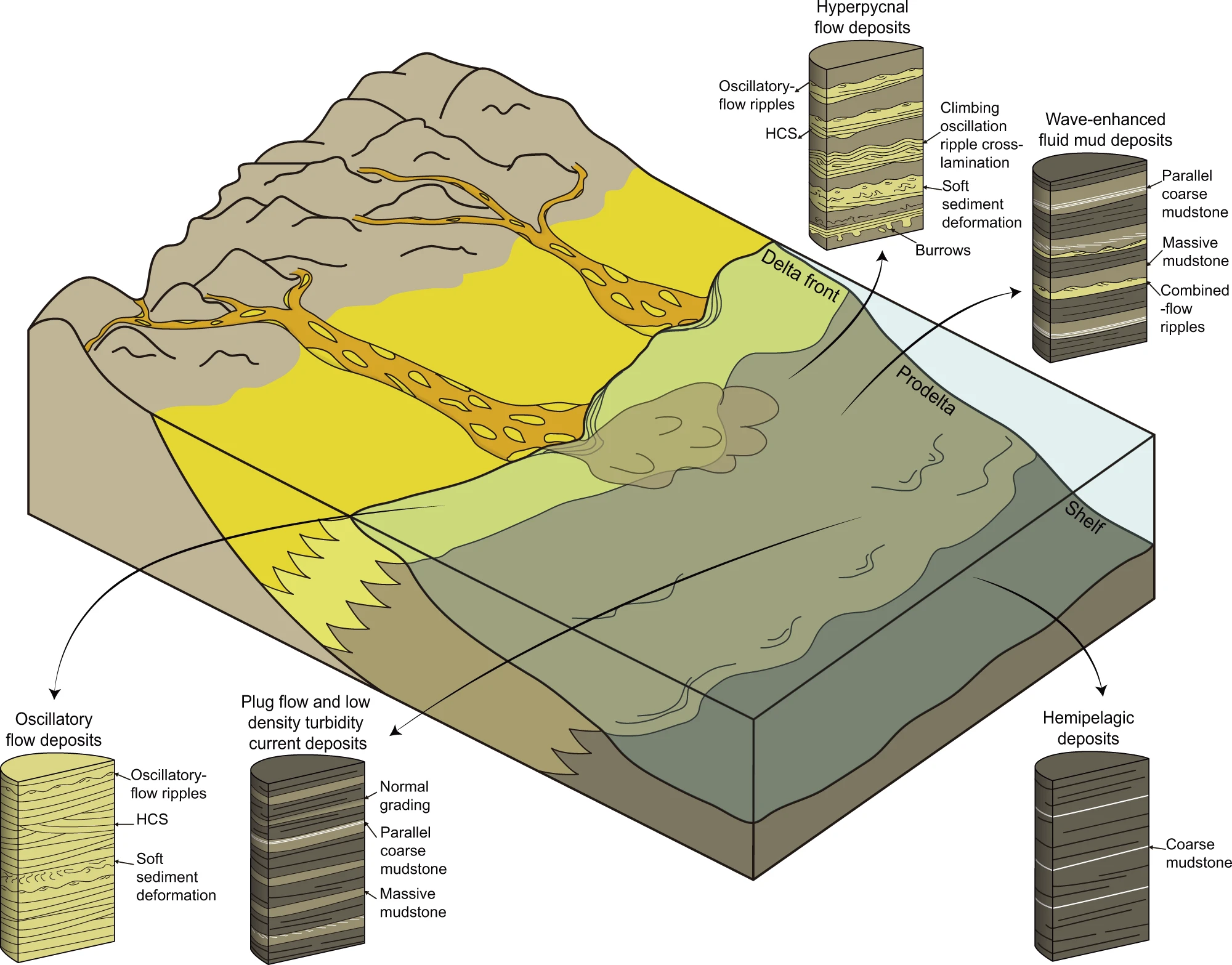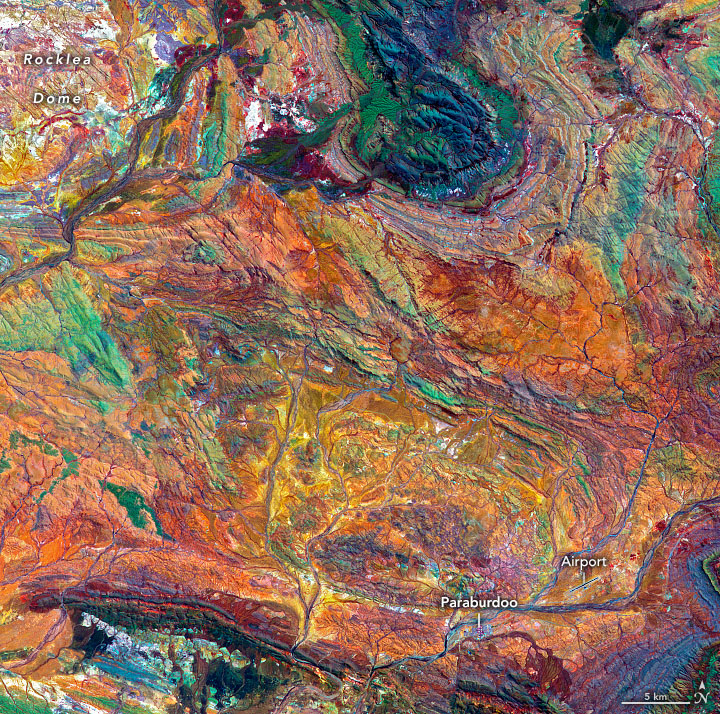Talks, field trips and events organised by west country geological organisations are publicised on this blog. Discussion about geological topics is encouraged. Anything of general geological interest is included.
Thursday, 28 April 2022
Mike Benton Agrees with David Attenborough
Thursday, 21 April 2022
Dave Green Lecture Course
Dave Green Lecture Course
CLIMATE CHANGE
THROUGH GEOLOGICAL TIME
This is a 10 week course, starting on Monday 25th
April and finishing on July 11th (no meeting on 23rd or 30th May,
but we will meet on the Bank holidays 3rd May).
We are meeting in a new venue – the Beacon Hotel at the end of the road in
Haresfield village, where there should be plenty of parking in the car park, or
along the road. For those who are coming from some distance, the easiest
approach is from Junction 12 on the M5, from where you should take the B4008
towards Stonehouse, turning first left after 200metres, then right at the next
T junction, over the railway, and right into the village as the road turns
sharply left. Each session will start at 7.30 and will last 2 hours, including
a coffee break.
Course Outline:
1. Introduction: an overview of the subject of palaeoclimatology and its development. A summary of the development of Earth’s climate and its operation.
2. The tools of palaeoclimatology – how can we deduce past climates millions of years in the past? Week 1: Physical evidence preserved in rocks – Marine and Terrestrial fossils and lithologies.
3. The tools of palaeoclimatology
Week 2 – Proxies – stable geochemical isotopes of Oxygen, Carbon, Strontium and Nitrogen. Climate modelling.
4. Pre Cambrian Climates 1 – the early atmosphere of Earth.
5. Pre Cambrian Climates 2 – Snowball Earth – the glaciations of the early and late Proterozoic.
6. The Lower Palaeozoic Greenhouse climate.
7. The Upper Palaeozoic Icehouse climate.
8. The Mesozoic to Early Cainozoic Greenhouse Climate.
9. The Late Cainozoic to Quaternary Icehouse climate.
10. The Anthropocene and future climate.
Useful Reading: those with a * are in the linked Dropbox folder below and can be downloaded
“Earth’s Climate Evolution”* by Colin Summerhayes (2015,
updated as “Palaeoclimatology” in 2020), explains the subject by charting its
development , mainly through the later years of the 20th century and
into the 21st .
“Paleoclimates”* by Thomas Cronin (2009) is a standard, well
laid out and written textbook on the subject.
“A Brief History of the Earth’s Climate – Everyone’s Guide
to the Science of Climate Change”*
Zalasiewicz J.,Williams M. – “The Goldilocks Planet: The 4 Billion Year Story of Earth's Climate” *
(Frontiers in Earth Sciences) Gilles Ramstein et al- “Paleoclimatology”*
(2021) the most up-to-date text
Ruddiman, William F – “Earth's climate_ past and future”*
(2014)
C R Scotese et al (2021) “Phanerozoic paleotemperatures The
earth’s changing climate during the last 540Ma”* An up-to-date summary of
climate change in a review article.
Lawrence A. Frakes, et al – “Climate modes of the Phanerozoic_
the history of the earth's climate over the past 600 million years”* (1992)
https://www.dropbox.com/scl/fo/1fn5wa0s70n9e98d35717/h?dl=0&rlkey=o8f4jic5f0kkxqmpzgyos7lvd
------------------------------------------------------------


